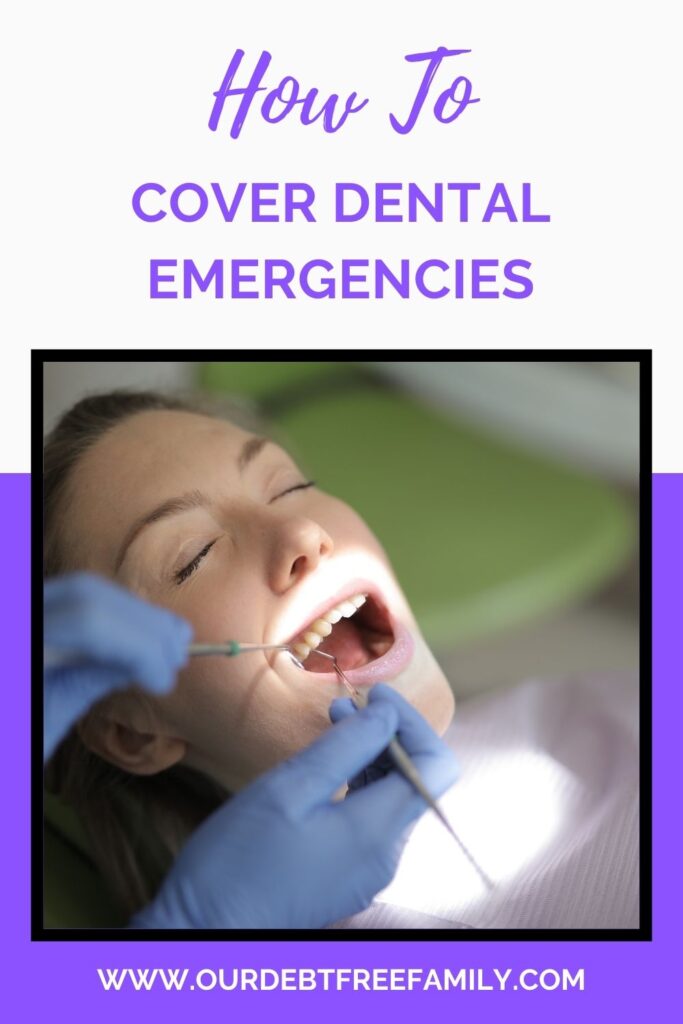
It never fails. Things seems to be going great and then you are hit with something that costs an arm and a leg. For me, last month, the unexpected costs were related to dental emergencies. If you don’t already know, dental insurance is a racket. So, when it comes to covering the cost of an emergency, it usually falls on you. How do you cover it if you don’t have the cash upfront?
Types of Dental Emergencies
Believe it or not, just because it seems urgent to you doesn’t mean your situation is a dental emergency. There is a set of criteria the dentist uses in order to decide whether or not your problem is an emergency or not. Some common dental emergencies include:
- Unexplainable toothache – this is your body’s way of telling you there is something wrong in your mouth
- Swollen jaw or mouth – swelling in the jaw or mouth may indicate infection
- Exposed nerves – when this happens it can be extremely painful and needs attention immediately
- Missing tooth – if they are contacted quickly the dentist may be able to preserve the tooth
- Missing filling – without the filling your tooth can easily break or chip
- Broken crown – any broken dental work in your mouth needs fixed as soon as possible
- Abscessed tooth – a tooth abscess is an infection and needs medical attention
- Food stuck – being unable to remove food from your teeth is annoying but it can cause infection and even shift your teeth if stuck too long
At the end of the day, your dentist will be able to tell you whether or not the situation is an emergency. They will usually be able to get you in within 24 hours for issues that need immediate attention. That being said, dental work is crazy expensive. How do people pay for this stuff?
How to Cover the Cost of Unexpected Dental Work
When it comes to covering the cost of dental emergencies, the numbers can be steep. For instance, I don’t have dental insurance. Because of this, I have to pay out of pocket for dental services. I pay $234 for “in-house insurance” with my dentist. This covers two cleanings a year, all x-rays, and discounts off any other services. However, it didn’t cover my deep cleaning gum therapy last Friday. The discounted bill that I paid out of pocket was $785. They drew up a plan for me to have all four wisdom teeth extracted as well (another $1,700 at some point down the road). Thankfully, I was able to get this paid, but if you are looking for ways to cover these astronomical prices, take note of these options.
- Inquire about making payments: Smaller privately-owned practices may allow you to make payments on the services you receive. Ask about any payment options the office provides.
- CARE Credit: CARE Credit is a credit card that you can use for medical services. If you get a CARE Credit card it can help you pay for anything medical, not just dental services. Be wary though, this is another line of credit that you’ll need to pay off.
- Dental schools: One hygienist talked to me about going to a dental school for some of the work I needed done. If that is something you are comfortable with doing, check for dental schools in your area. They will give you huge discounts on services so their students can get the practice they need.
As a last resort option, you can always borrow money or get a small loan for dental emergencies. After all, anything that impacts your health is important enough to invest in.
Leave a Reply